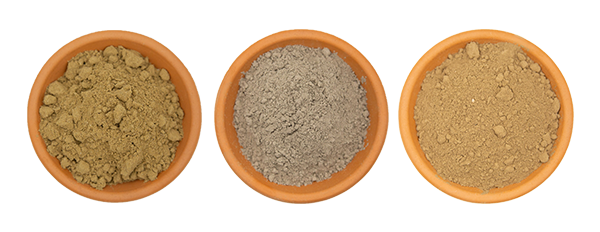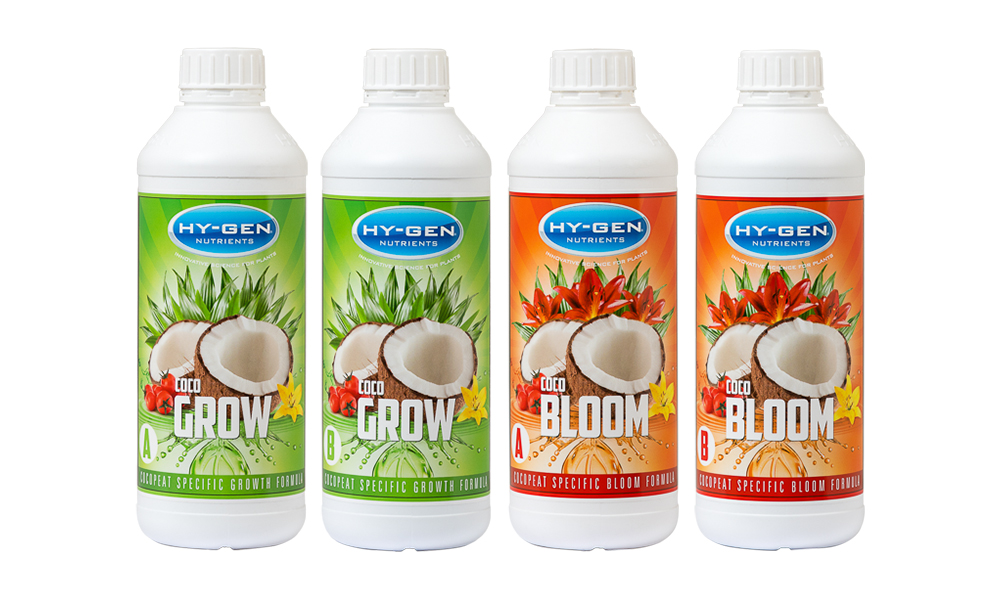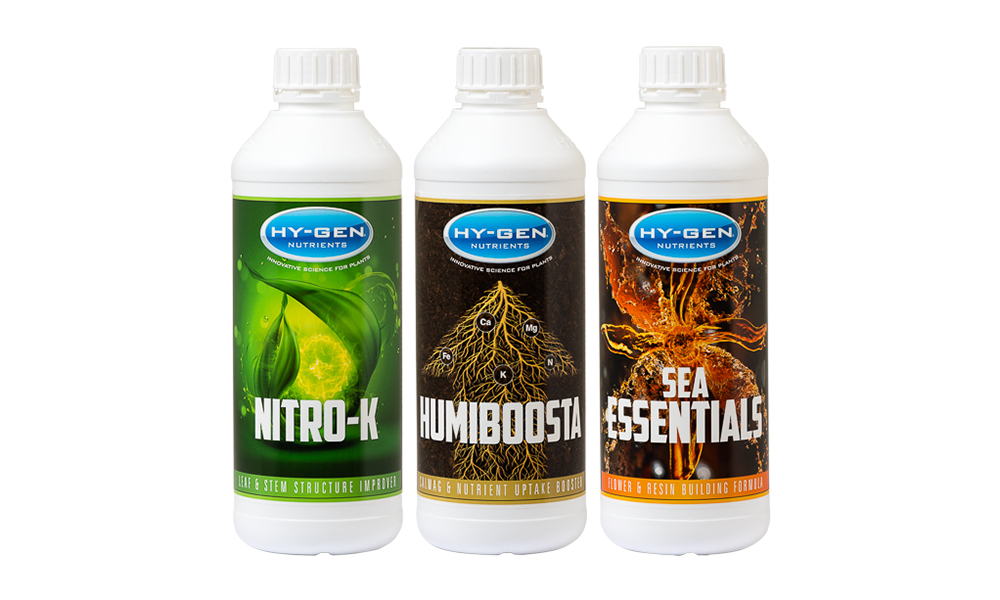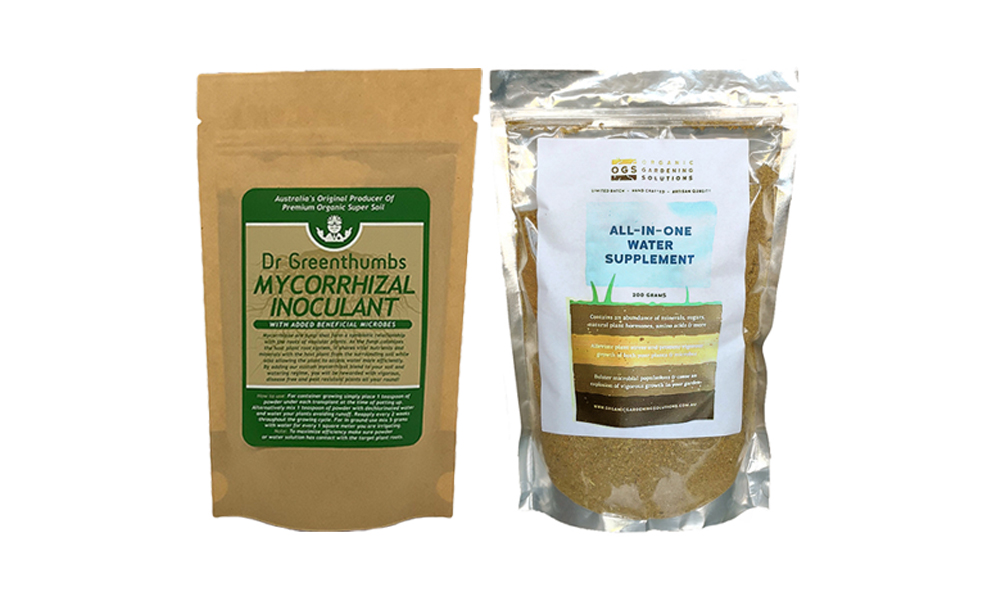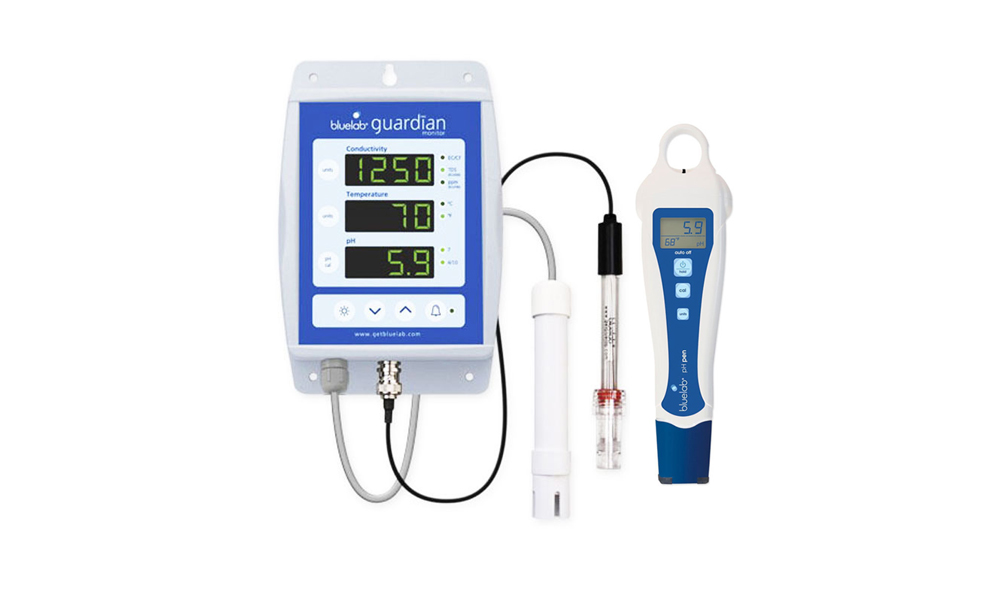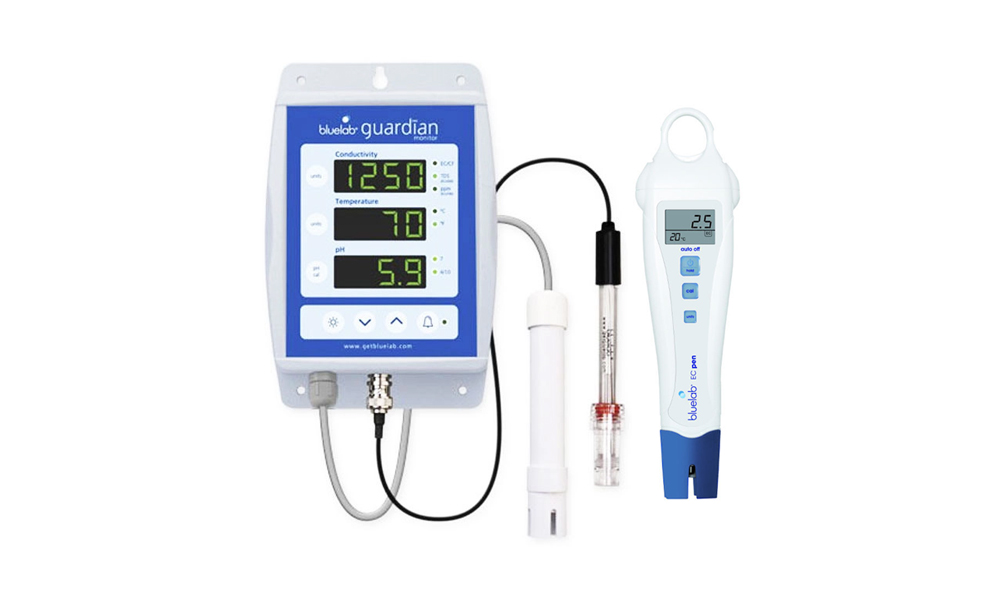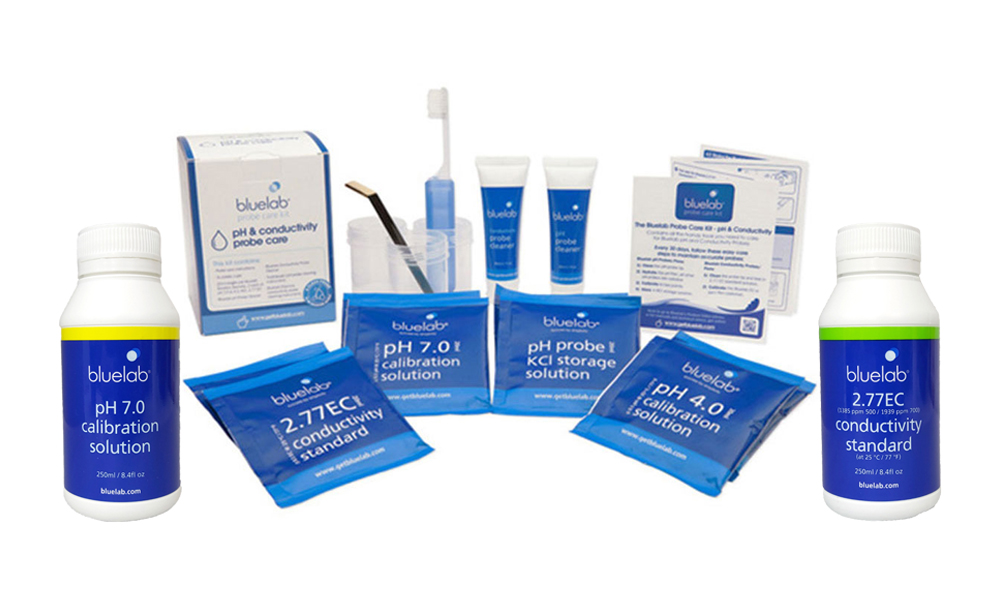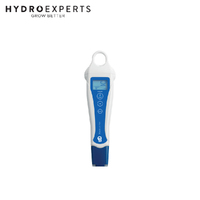Hydroponic Nutrients Guide for Beginners - Essential Tips
By Hydro Experts | 30 September 2020
.jpg)
Anybody who cares for plants will agree that our little green buddies can be similar to children sometimes - they need good care to bring out the best in them and ensure proper growth. Providing them with sufficient nutrients is the best way to ensure both.
In traditional farming and planting, plants receive their nutrients from the soil and additives such as chemical fertilizers, manure, and compost. When it comes to hydroponics, because plants are not grown in soil, the essential nutrients need direct delivery to them through the solution used to water the plants. The great thing about learning about hydroponics is that you can apply the same knowledge and technique on any plant type once you get a good understanding of the basics.
What are Hydroponic Nutrients?
As we mentioned earlier, growing plants without soil means that they will lack the nutrients naturally available in the ground. Thus, hydraulic plants can only obtain their nutrients through the water you plant them in, and the nutrient solution made available to them in the hydroponic system. Unfortunately, most plant fertilizers are not enough for hydroponic plants, as such fertilizers suit the soil better. Thus, one must provide every nutrient the plants need when growing them in the hydroponic system. Without doing this, the plant may become unhealthy and struggle to grow
The best way to think about hydroponic nutrients is by dividing them into micronutrients and macronutrients. Potassium, phosphorus, and nitrogen are the three primary nutrients every plant needs, albeit in different proportions, depending on the plant type.
What do Plants Need to Grow?
Plants need different nutrients in different quantities at various stages of their growth. In addition to this, plants also require carbon, oxygen, and hydrogen. These are obtained after leaves absorb carbon dioxide and from water absorbed by the plant’s roots.
Plants also use photosynthesis to draw and store solar energy from the sun in the form of high energy carbohydrate molecules. Plants use both water and carbon dioxide as reactants in photosynthesis to process the plants’ carbon molecules to store their energy. Oxygen is then released into the environment as a waste product after the process. The hydroponic system provides the remaining nutrients to the plants to absorb through the roots. Thus, it is essential to supply them in the right balance.
The Nutrients Plants Need
Nitrogen (N)
Every plant needs nitrogen for healthy growth. This nutrient is essential for forming stems and leaves and making the plants grow to their full potential. Nitrogen is mostly more active in young and budding plants, as they help develop the buds and shoots. Any deficiency in nitrogen is mainly recognised by the plant’s leaves turning yellowish, with the young shoots also looking weak, yellowish, and unhealthy. Too much nitrogen can also impair the plant’s growth and affect its ability to produce flowers and fruits on time.
Phosphorus (P)
Phosphorus is highly essential for plant growth, as it helps in growing healthy roots while ensuring that seeds and are flowers formed timely and adequately. This nutrient plays a significant role in the transport of energy within a plant. Phosphorus deficiency in a plant can lead to changes in the leaves’ appearance while adversely affecting the plant’s health in general. For example, most leaves will appear smaller than usual while showing darker green colours. In some cases, the leaves can also display brown or red discolourations due to a disposition of anthocyanin. Some plants can also show yellowish discolouration followed by poor or stunted growth, especially in periods when the plant is supposed to thrive - such as in late spring.
Potassium (K)
Potassium is responsible for many growth processes of the plant. It includes the production of ATP, which provides an essential source of energy for the plant. Potassium is also responsible for the activation of the stomata. Its location is inside the leaves; this helps to support the carbon dioxide that passes on through the leaves. Potassium also plays a significant role in regulating the amount of chlorophyll found in the leaves, which, in turn, regulates the capacity of energy production that the plant has. Although potassium is essential throughout the plant’s growth, it is particularly vital during the production of fruits. Potassium deficiency leads to brown discolouration, abnormal curling, and chlorosis of the leaves. Insufficient potassium can also lead to a disappointing flower and fruit production, and even early dropping of fruits.
Micronutrients
manganese
25
Mn
54.938
calcium
20
Ca
40.078
sulfur
16
S
32.065
iron
26
Fe
55.845
manganese
25
Mn
54.938
zinc
30
Zn
65.38
copper
29
Cu
63.546
boron
5
B
10.811
molybdenum
42
Mo
95.96
Micronutrients or trace elements are still required but, in smaller quantities in comparison to the big three mentioned above. You can find out more about micronutrients here in our detailed blog post that covers each micro and its role in plant health in detail. Link to blog post.
Hydro Experts Micronutrients - The Definitive guide
Choosing and Preparing Nutrient Solutions
Three options are available when it comes to nutrient solutions. You can make your solution from scratch, purchase two or three parts solution, or buy a pre-mixed solution. Because most beginners have small hydroponic setups, making the solution from scratch is recommended.
For those who practice their hydroponics at home, it is best to use the two or three parts hydroponic nutrient solution, as this offers the flexibility to make needed adjustments. However, no matter one’s choice, the nutrient proportion will vary depending on the following factors:
- Plant growth stage
- Type of plant
- Temperature, season, weather, and light intensity
- You want to encourage to develop plant parts - whether it’s the root, fruit, or leaf. For a pre-nutrient solution, it is best to pick a solution specially designed for use with hydroponic plants. Also, opt for liquid-based fertilizers, as they will dissolve easily in water.
Electrical Conductivity (EC) of the Hydroponic Nutrient Solution
One indirect way of measuring your hydroponic nutrient solution concentration is by using electrical conductivity (EC). An EC meter measures the electrical conductivity of the hydroponic nutrient solution, resulting in conversion into a measure of the total dissolved solids in parts per million (PPM).
An EC meter also ensures that you make your nutrient solution to the correct concentration level while keeping it at that level for an extended period. It will help prevent your nutrient solution from becoming too concentrated. As a plant absorbs water through osmosis, it needs to move less concentrated to a more concentrated one. Otherwise, the plant may end up physiologically dry. The EC meter will not only help to prepare your nutrient solution adequately; it will also enable you to monitor its concentration and make adjustments when required.
Problems with Measuring Electrical Conductivity (EC)
Although the electrical EC meter will tell you the electrical conductivity of the hydroponic nutrient solution, it offers little to no information about the constituent nutrients dissolved in the same solution. Even though an EC meter can indicate a correctly concentrated nutrient solution, it still leaves you with little idea whether the same solution will be helpful or harmful to your plants.
This problem is mainly with hard water areas, where a significant part of the PPM of your solution may also result from unknown dissolved solids. Thus, it is ideal to start with water with no PPM dissolved solids when preparing the hydroponic nutrients solution.
Another issue has to do with the many nutrients left unabsorbed in the nutrient solution. It causes the solution to further deviate from the desired level.
The pH of the Hydroponic Nutrient Solution
The right pH level to grow your plants using the hydroponic system should be between 5.5 and 6.3 pH, depending on the plant types. Plants absorb nutrients at different rates, depending on the pH of the hydroponic nutrient solution.
Any pH level lower than 5.5 will put the plant at risk of toxicity of some nutrients and deficiency from others, as the absorption rate changes rapidly. When the pH level is 5, iron and copper are absorbed in an increased rate, while calcium and Magnesium become impaired.
Such a situation leads to deficiency in the latter nutrients and an overload of iron and copper. A higher pH level will cause increased precipitation of some micronutrients in the nutrient solution.
Checking pH
It is crucial to monitor the pH level of your hydroponic nutrient solution continually. There are three main ways to do this. The first involves the use of a pH testing paper. Although this process is inexpensive and simple, it is also the least reliable, as the testing strip colours are hard to compare to the control accurately.
The second option is to use a pH-sensitive solution. The nutrient solution will change colour when a few drops of the pH test solution are added. This option is more reliable than the first option, even though it is also a bit more expensive. The final option involves a pH testing meter, which tends to be very easy to use and accurate.
pH level will cause increased precipitation of some micronutrients in the nutrient solution.
Adjusting the pH of your Nutrient Solution
You can use several options to adjust the pH of your hydroponic nutrient solution. These include the potassium hydroxide and phosphoric acid to help lower and raise the pH level, respectively. Other options, such as sulphuric acid, nitric acid, and citric acid, also helps to lower the pH level. Although adjusting the pH of your nutrient solution is a daily easy process, one must exercise a lot of care, as the chemicals used can cause burns on contact with human skin. Also, eye protection is required, as the chemicals can also cause blindness when it comes into contact with the eyes.
Alternatively, you can purchase already-made pH adjustment solutions, which are also more expensive even though they are less dangerous. It is always advisable to add the nutrients to your water before attempting to adjust the pH level as you go along.
Water Quality
When making up your hydroponic nutrient solution, the characteristics of your starting water are crucial. As mentioned earlier, hard water usually poses many challenges, as it limits the number of nutrients that can be added to the hydroponic nutrient solution while interacting with the kind of nutrients you add.
Test your Local Water
It is vital to test the hardness of the water before using it. You can do this by using the EC meter before going ahead with the hydroponic nutrient solution. You can contact your local water company to receive access to the latest water quality test results. This will help you know the starting parameters of the water available to you. Alternatively, you can make payments to have a sample of your water tested by a private laboratory. The lab will give you information about what the water flowing from your tap contains, instead of a regional water report, which your local water company will provide you with.
Modify your Water
Suppose the test result shows that you have water above 120 PPM flowing through your tap. In that case, you may want to consider modifying it before using it for your organic hydroponic nutrient solution. It is best for starters to set aside the water you want to use in direct sunlight for at least 24 hours. The sunlight will cause any chlorine present in the water to react and evaporate.
- Next, you can run the water through an activated carbon filter to reduce the PPM to an acceptable level and remove any remaining chloramine in the water.
- Thirdly, you may also need to lower the PPM even further by using one of the following options Using distilled water
- Using a reverse osmosis filter to get rid of a large part of the total dissolved solids from your water
- Mixing some of the distilled water into your filtered tap water to help lower the PPM
How to Make up a Hydroponic Nutrient Solution
After leaving your water to stand under direct sunlight for at least 24 hours, recheck its pH and PPM count to ensure that it is below 120 PPM. Use any of the methods discussed above to lower the level further where necessary.
Next, follow the instructions provided by the nutrient solution manufacturer before adding them to your water. Consider the level of growth of your plants and the right nutrient composition for the nutrient solution.
Once done, check the concentration of the hydroponic nutrients solution several times by using your EC meter. It is to help ensure that your solution does not end up too strong.
After adding the nutrients, check the pH level of the solution, and adjust as required. Again, you can use any of the methods available to you, or use an electronic pH monitor.
Once you successfully adjust the pH level to the correct pH, add your solution to your hydroponic system.

